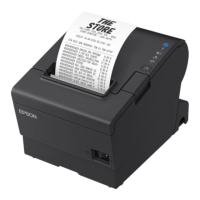
Do you have a question about the Epson TM-T88VII and is the answer not in the manual?
| Product color | Black |
|---|---|
| Type | POS printer |
| Character sets | ANK |
| Character size | 1.41 x 3.39 mm |
| Print technology | Thermal |
| Maximum resolution | 180 x 180 DPI |
| USB port | Yes |
| USB connector | USB Type-A / USB Type-B |
| Optional connectivity | Wireless LAN |
| Connectivity technology | Wired & Wireless |
| Wi-Fi | - |
| Media thickness | 48 - 80 mm |
| Maximum roll diameter | 83 mm |
| Supported paper width | 80 mm |
| AC input voltage | 24 V |
| Power consumption | 28600 mA |
| Power consumption (standby) | 1.4 W |
| Power consumption (printing) | 28.6 W |
| Certification | CE |
| Internal memory | - MB |
| Country of origin | Philippines |
| Mounting position | Horizontal/Vertical |
| Autocutter durability | 3 million cuts |
| Built-in sensors details | Paper End Sensor, Paper Near End Sensor, Cover Open Sensor, Receipt paper sensor |
| Sound pressure level (printing) | 52 dB |
| Mean time between failures (MTBF) | 360000 h |
| Storage temperature (T-T) | -10 - 50 °C |
| Operating temperature (T-T) | 5 - 45 °C |
| Operating relative humidity (H-H) | 10 - 90 % |
| Mean cycles between failures (MCBF) | 70000000 |
| Package depth | 235 mm |
| Package height | 260 mm |
| Package weight | 2704 g |
| Quantity per pack | 1 pc(s) |
| Pre-installed software | Server Direct Print, ePOS-Device, ePOS-Display, ePOS-Print |
| Pallet weight | 0 g |
| Quantity per pallet | 112 pc(s) |
| Quantity per pallet (UK) | 168 pc(s) |
| Harmonized System (HS) code | 84433210 |
| Depth | 195 mm |
|---|---|
| Width | 145 mm |
| Height | 148 mm |
Describes the key features and capabilities of the printer, including printing speed and language support.
Details the different printer models, included accessories, and optional equipment available for the product.
Identifies and explains the purpose of each physical component and button on the printer.
Explains the meaning of LED indicators and lists various error conditions and their explanations.
Details the non-volatile memory areas for graphics, user data, and settings.
Guides on setting up a direct wireless connection using the printer's access point mode.
Explains how to use NFC tags and QR codes for connecting to the printer network.
Outlines the sequential steps required for installing and setting up the printer and its peripherals.
Provides instructions and important notes for physically installing the printer horizontally or on a wall.
Details the procedure to adjust the paper detection sensor for accurate remaining paper detection.
Step-by-step instructions for connecting the printer to a power source using the AC adapter.
Guides on establishing communication between the printer and a host device via USB or Ethernet.
Explains connection requirements, diagrams, and specifications for connecting a cash drawer.
Instructions for connecting and attaching the optional external buzzer to the printer.
Details on connecting the optional wireless LAN unit for Wi-Fi connectivity.
Steps for connecting an optional customer display unit to the printer via USB.
Instructions on how to attach the protective cover for the printer's connectors.
Provides guidance on routing and managing printer cables for a tidy setup.
Instructions for installing the cover that protects the power switch from accidental operation.
Guides on how to install the included guides to change the paper width setting.
Information on how to set the printer's internal Real Time Clock (RTC).
Explains how to change printer settings by adjusting the internal DIP switches.
Details how to select conditions for invoking the printer's BUSY state using DIP switch 2-1.
Provides an overview of various printer functions configurable via software or utility.
Describes command systems (ESC/POS, ePOS-Print XML) and development kits for printer control.
Explains how to control the cash drawer using ESC/POS commands, drivers, and SDKs.
Details how to control the printer's internal buzzer using commands, drivers, and SDKs.
Methods for controlling the optional external buzzer via commands, drivers, and SDKs.
Lists the development kits provided for application development.
Describes the available printer drivers for Windows, macOS, and Linux.
Details the TM-T88VII Utility for checking and changing printer settings.
Lists additional software tools like Epson TM Utility and manuals.
Provides URLs for obtaining software and manuals from Epson's website.
Provides guidelines and recommendations for printing barcodes and 2D symbols.
Step-by-step instructions for loading and replacing the paper roll.
Procedure for safely removing jammed paper from the printer.
Troubleshooting steps for when the roll paper cover is stuck or locked.
Guides for cleaning the printer case and the thermal head/platen roller.
Steps to follow for safely packing and transporting the printer.
Compares the TM-T88VII's features and specifications against the TM-T88VI/TM-T88V models.
Notes that manual paper feed is not possible with the TM-T88VII.
Specifies the fixed size of the printer's receive buffer.
Details the sizes of the download buffer and NV graphics memory.
Provides information on operating voltage and current consumption.
Notes differences in DIP switch functions compared to previous models.
Confirms that printer status conditions are the same as previous models.
Mentions the ability to register logos in NV memory using Setup Utilities.
Confirms that the printer can operate with drivers for TM-T88VI/TM-T88V.
Explains how to enable the USB low power consumption mode.
States that the TM-T88VII includes a maintenance counter feature.
Notes compatibility of buzzer settings with previous models.
Confirms that TM-T88VII/TM-T88VI models have a built-in NFC tag.
Mentions the utility for making settings on iOS and Android devices.
Availability of an optional power supply box for the TM-T88VII.
Provides the physical dimensions and weight of the TM-T88VII printer.
Highlights new or improved functions and features of the TM-T88VII.
Lists comprehensive technical specifications including printing method, interfaces, and power.
Details print speed, dot density, character modes, and line spacing.
Information on character sets, sizes, and structure for different fonts and modes.
Defines the printable width, margins, and dot positions for 80 mm paper.
Diagrams and notes indicating print and autocutter positions on the paper.
Details required paper types, dimensions, thickness, and spool specifications.
Specifies supply voltage and current consumption under various operating conditions.
Details operating and storage temperature, humidity, vibration, and shock resistance.
Lists the physical size (width, depth, height) and weight of the printer.
Technical details for USB interface, including transmission specs and descriptors.
Details support protocols, network parameters, and default settings for Ethernet/Wi-Fi.
Technical specifications for the RS-232 serial interface board and connector pin functions.
Describes the modes, specifications, and signals for the IEEE 1284 parallel interface.
Provides specifications for the NFC tag, including transmission standard and memory.
Introduction and glossary for Bluetooth low energy technology advertising.
Explains methods to change BLE advertising packet format using utility or HTTP.
Details required authentication methods and default settings for configuration scripts.
Explains how special characters are processed in printer configuration scripts.
Describes how to retrieve configuration scripts using HTTP GET method.
Explains how to save configuration scripts to the printer using HTTP POST method.
Guidance on customizing Bluetooth configuration scripts for Linux.
Commands for initiating and terminating BLE advertising packets.
Specifies how to define the Bluetooth device address (BD Address) in advertising packets.
Details various parameters for configuring BLE advertising packets.
Defines the format and content of BLE advertising packets, including iBeacon.
Lists keywords that can be used when describing configuration scripts.
Provides a URL reference for accessing character code tables.
Illustrates devices that can be connected to the printer's USB Type-A connector.
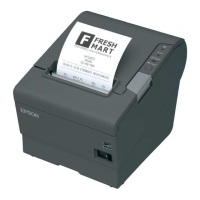
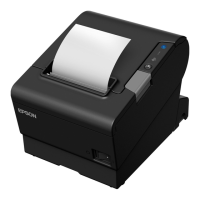
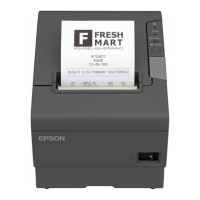
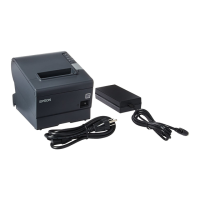
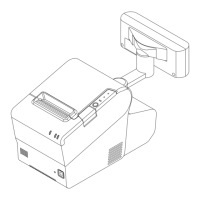
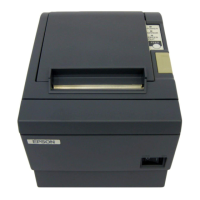
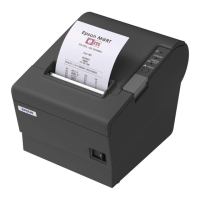
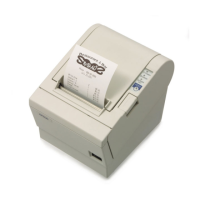
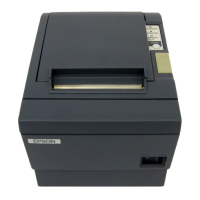
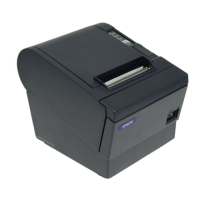
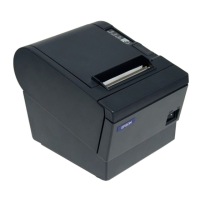
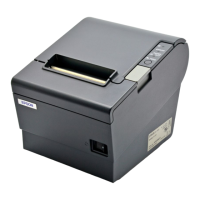
